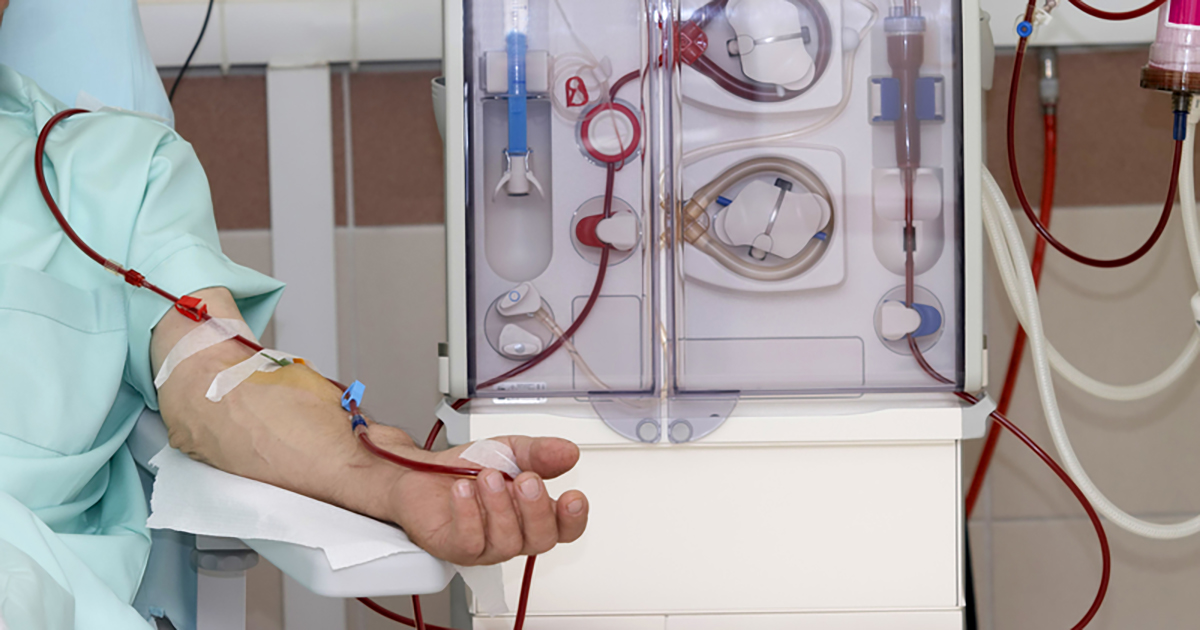How To Treat Angiomyolipoma
Dialysis

Angiomyolipoma can cause chronic kidney disease when many tumors or one very large tumor is present. If this is the case, a patient will likely be required to undergo dialysis, which is a medical procedure typically reserved for patients who have lost about eighty to ninety percent of their kidney function and are considered to be in kidney failure. This procedure can help the patient control their blood pressure level and purge excess water, salt, and waste from the kidneys. Additionally, it keeps the body's potassium, bicarbonate, and sodium levels under control.
Keep reading now to learn about the next treatment method for angiomyolipoma.
Surgery

Surgery is another option patients with angiomyolipoma might need to consider. This approach typically is not recommended for smaller angiomyolipoma (tumors less than four centimeters in diameter). However, elective procedures might be necessary if the lesions are medium (four to eight centimeters) or large (greater than eight centimeters) in size. About half of these medium-sized lesions are accompanied by hemorrhaging and tend to have the most unpredictable behavioral patterns, making them the most difficult to treat by elective procedural means. Since larger lesions are generally quite symptomatic, they are a little bit less likely to be treated by surgical means. Kidney removal can be an option but is often not the preferred choice for many doctors.
Continue for more on treating angiomyolipoma effectively now.
